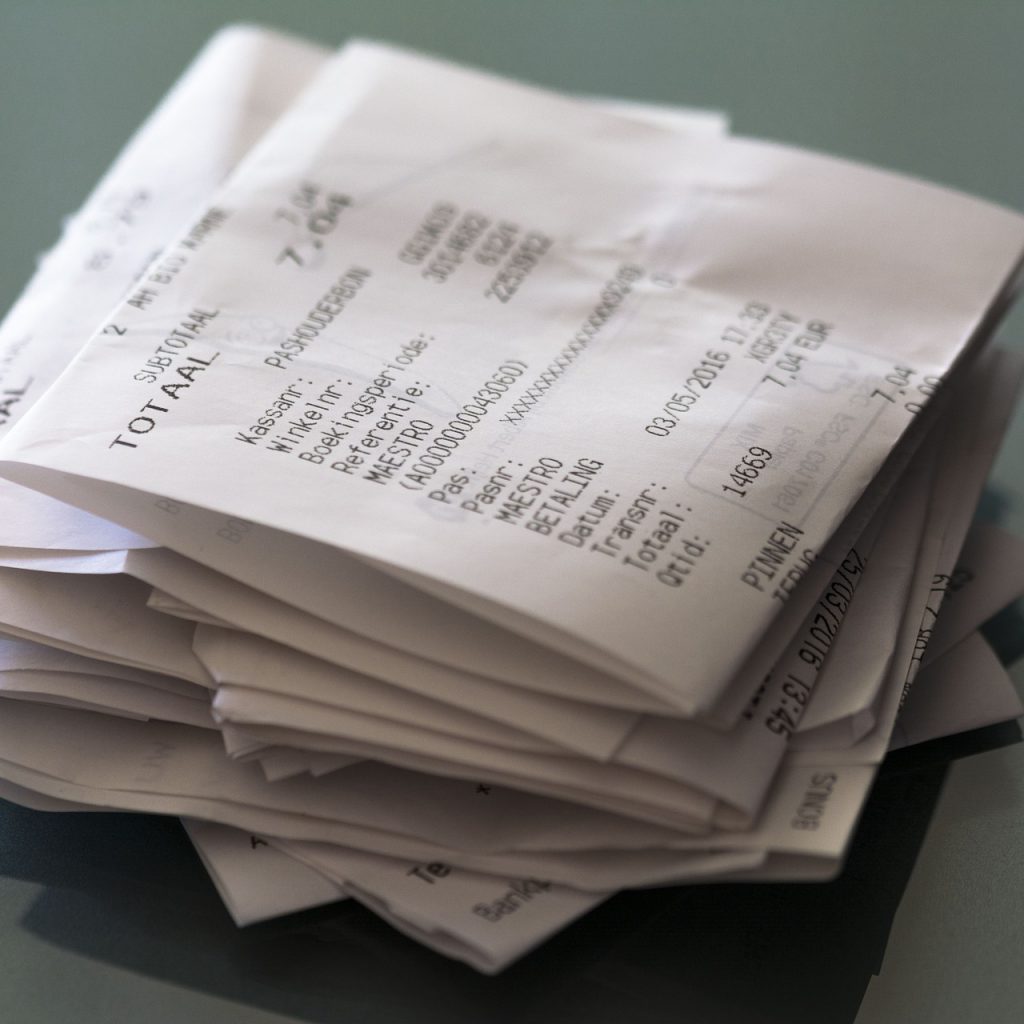

You may be finding it a challenge to keep food costs down, especially if you are living on a 2021 salary or a fixed income. These are financially precarious times and you need all the help you can get. So here are two more tips to help you manage your grocery bill.
Buy in bulk
Whenever possible, buy in bulk. Dry beans at the grocery store cost about $2 for a one-pound bag, a bargain price for a calorie-rich meal. But you can buy a 25 lb. bag of beans at a warehouse store (like Costco or Sam’s Club) for $35, a savings of $15. The same is true of most other food staples: rice, sugar, flour, etc. You know that you are going to use them over time, so get enough to last for three months or more.
Along these lines, consider buying straight from the producer. Cut out the middle man and buy your food straight from the producer. In North Dakota, we live in a state full of food producers. There are dozens of elevators all around the state. Go to the elevator and buy your beans and grains from them. A 50 lb. bag of beans at the elevator is $30. That's less that one-third the cost of buying it in little one-pound bags at the grocery store. You'll be hard-pressed to find a better food bargain than that.
Go to farmer’s markets and make a deal with the farmer for regular access to his produce. Buy a half or quarter side of beef or pork and stock your freezer. Both you and the farmer come out ahead with these kinds of arrangements. And since you know the producer, you can be assured that you are getting the best quality food.

Last tip: Stop shopping
Finally, just bypass the store altogether and grow your own. If you don’t have a garden, this would be a good time to start. Food from your garden is tastier, more nutritious and doesn’t have all the sprays and chemicals that food in the store does.
When you first start gardening you might not be able to grow all the fruits and vegetables that your family needs. But even if you start small, you'll get a big boost to your food budget. With a $50-$60 investment in seeds and plants, the average garden yields over $600 in food. That's a nice savings on your grocery bill. Over time, as you expand your garden a little bit every year, you may soon find you can produce much (if not most) of the vegetables that your family eats every year.
If you really feel ambitious and your city ordinances allow it, try keeping a few chickens in your backyard. Chickens help keep the bugs down in your yard and give you delicious eggs. Three chickens will give you 12-15 eggs a week and provide endless entertainment.

Off to a good start
There you have it, seven ways to lower your food bill:
There are lots of other measures you can take to keep food costs down. You’ve probably already heard many of them: don’t shop while hungry, use coupons, buy store brands, check the unit pricing, etc. But these seven tips are the ones that will have the biggest impact on your food bill. Start today with one or more of these tips and add more as you are able. Come back and review these articles or read more in-depth articles on my blog if you need a fresh look at implementing these tips.
We can’t control the unpredictable rise in food costs, but this is a good start to keeping the food bill a little more manageable.
Why you should have a garden: https://www.providenthomecompanion.com/top-ten-reasons-to-garden/
More help with keeping costs down: https://www.providenthomecompanion.com/blog-2/budget-wise/